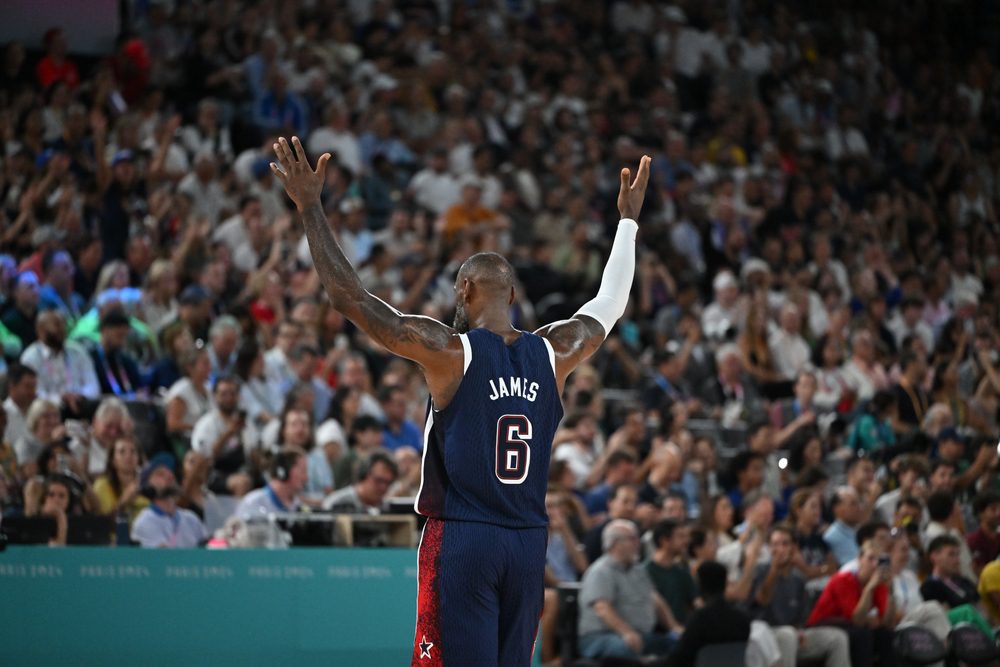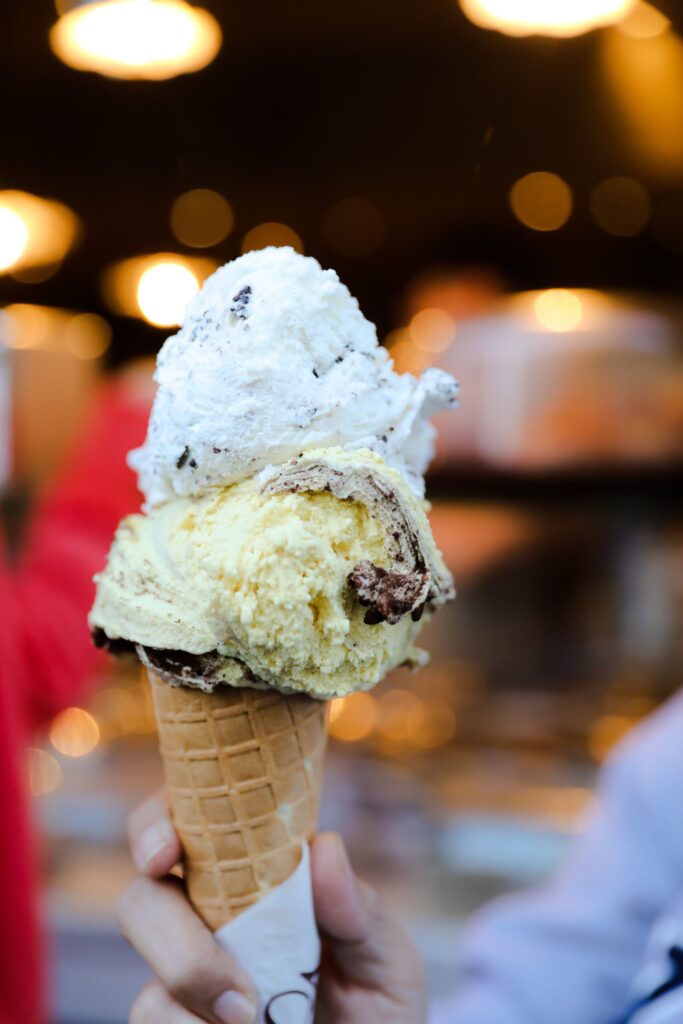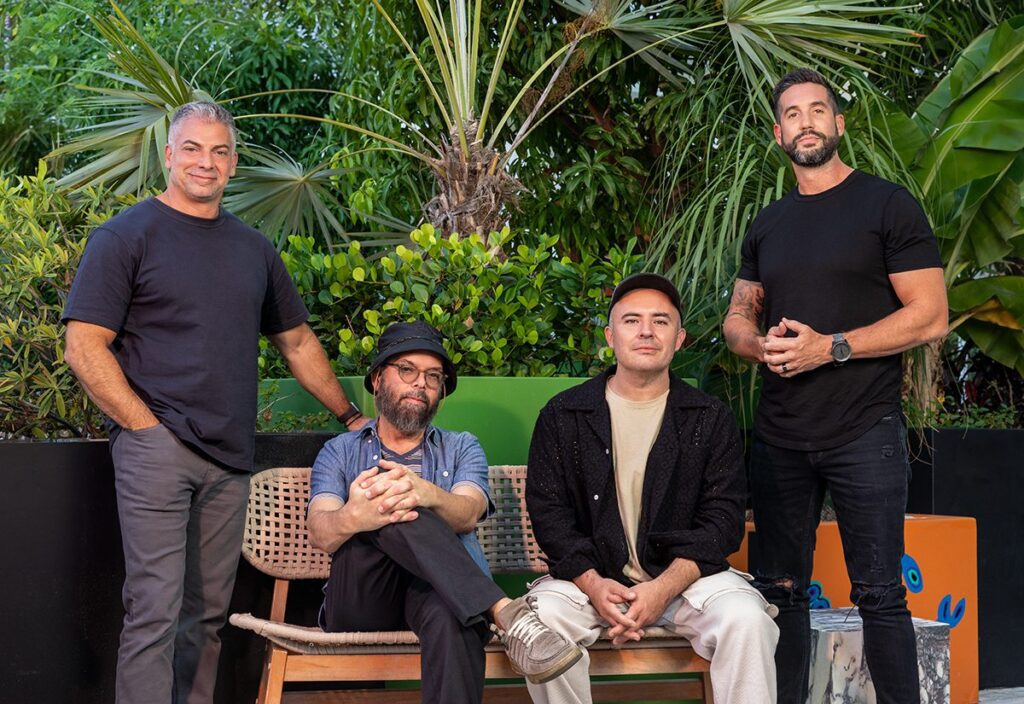Predictability is reassuring. It’s also boring. Think about it—when did you last you call IHOP to see if they still served pancakes? Or had any doubts whether the fall TV lineup would include a reality show where a houseful of beautiful people compete for televised validation? Some things are just a sure bet. The upside of the predictable things in life is that we don’t waste any brainpower worrying about them. The down side is … we don’t waste any brainpower paying attention to them.
Game designers intuitively know this. Randomness, or “chance,” is woven into most great game experiences, whether drawing cards or rolling dice. Randomness is novel, and novelty keeps us interested. The trick, of course, is balancing the predictable and the random to create a compelling experience that’s not frustrating. Try these seven game mechanics in your next loyalty program.
Game designers aren’t unique in understanding how humans think. Thanks to the growing fields of neuroscience and behavioral economics, marketers have a larger window into how human beings connect with what’s important to them. We can see how the brain responds to different stimulations and gain a biological understanding of how branding, rewards and messages resonate with consumers.
Typical loyalty programs are stale. Marketers focus too much on structuring programs for a mythical consumer who only thinks rationally about the program’s value proposition. Marketers need to ask themselves this one essential question. Design teams also pride themselves on creating fair rules, in part, because they’re highly predictable—members know exactly how the program works, how to earn points, and when they can redeem for a reward. Unfortunately, this focus on the rational and predictable means missing major opportunities for engagement, because you’re asking members to go on auto-pilot.
Neuroscience studies help us understand all humans are rational and emotional. Consumers engage more meaningfully when there’s opportunity for an emotional connection with the brand or program. This emotional connection may trigger the release of dopamine—which translates into a feeling of pleasure. This same “pleasure chemical” is released when we receive rewards. People experience that feeling with other program attributes that are often underdeveloped, such as status, social interaction and randomness.
The impact of randomness in this chemical interaction is that unpredictable wins produce the greatest pleasure response. Neuroscience shows unexpected rewards have a heightened emotional effect, compared to the rewards participants know are coming. The effect applies even when the value of the reward is less than the expected reward. This means “surprise and delight” isn’t just a good idea; it’s a smart financial choice. Unpredictability also equals attention, as the brain is programmed to focus on the novel and seek patterns even in those experiences that are truly random.
A random element can be applied to any part of your program. Charter Communication’s “Live it With Charter” program includes random redemption periods. Members only receive 24-hours notice for one of these periods. Starbuck’s loyalty program sends unexpected direct mail coupons for new products and discounts. Upstart location-based service, Whrrl, recently launched its Society Rewards loyalty program; the rewards are structured as “prizes of chance” that members might win by participating in checking-in and other engagement behaviors.
Once you choose to introduce a random element, the best approach is to adopt test-and-learn methodology. Keep in mind the need to occasionally switch things up—ironically, even randomness becomes boring if it starts to feel too predictable.
Each brain is unique in how it responds to stimulation, but there are clear advantages in looking to neuroscience to help improve loyalty marketing initiatives. When you shift your focus from only providing “stuff,” you may be amazed by the world of options for creating a more intriguing program experience. The mixing of intrinsic wins—such as the “pleasure chemical” experienced from a surprise—with more traditional rewards will strengthen brand marketers’ ability to build both lasting and meaningful consumer connections.
Barry Kirk is solution vice president, consumer loyalty, Maritz Loyalty & Motivation. He can be reached at [email protected].
 Network
Network

